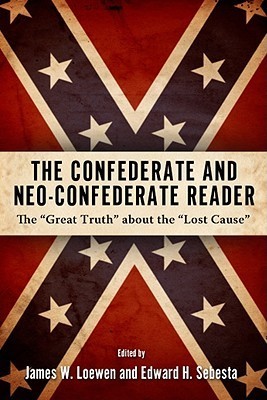What do you think?
Rate this book


424 pages, Paperback
First published July 28, 2010
...historiography means "the study of history," but not just "studying history." Historiography asks us to scrutinize how a given piece of history came to be written. Who wrote it? When? With whom were they in debate? What were they trying to prove? Who didn't write it? What points of view were omitted?
Especially on the subjects of slavery, secession, and race - the core of this volume- Confederate and neo-Confederate statements change depending upon where people wrote or spoke, and when and why. Why did Confederates say they seceded for slavery in 1861 but not in 1891? Why did neo-Confederates claim in 1999, but not in 1869, that thousands of African Americans served in the Confederate armed forces?...

